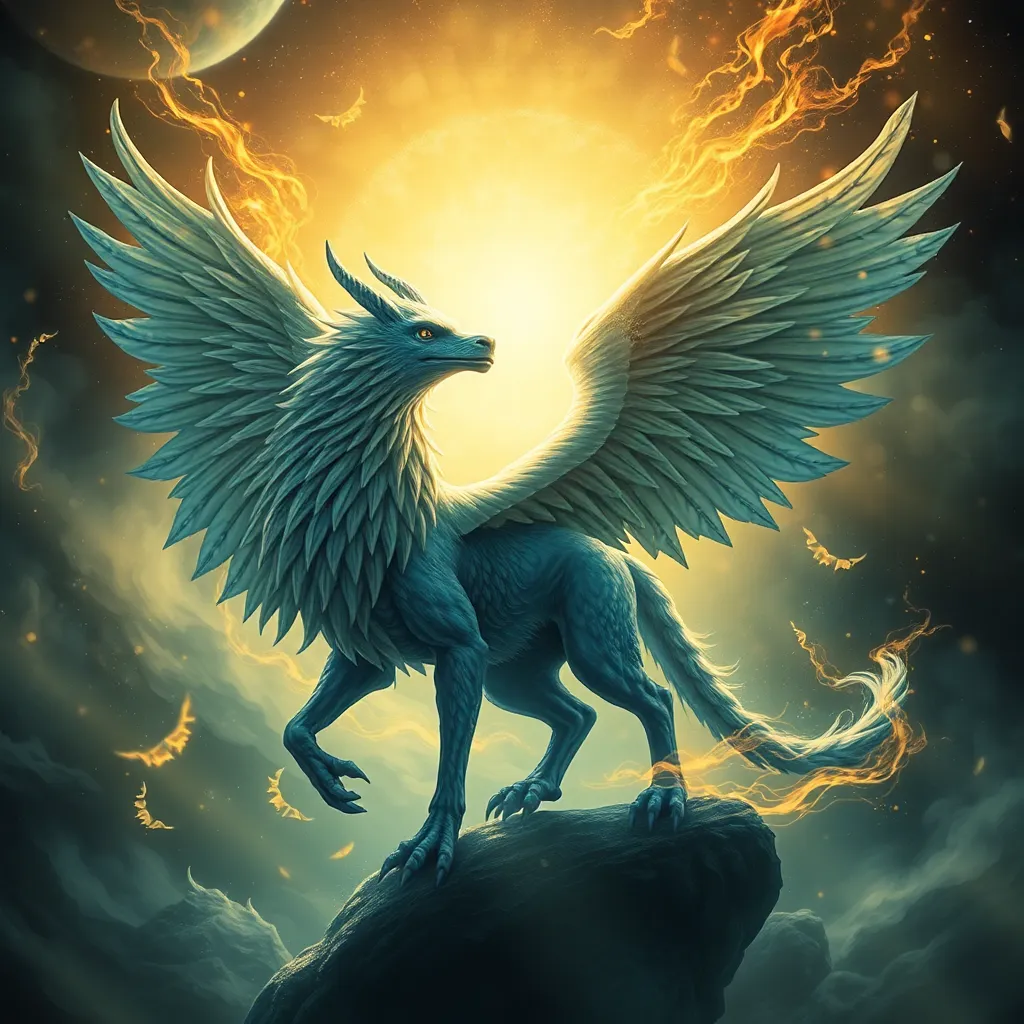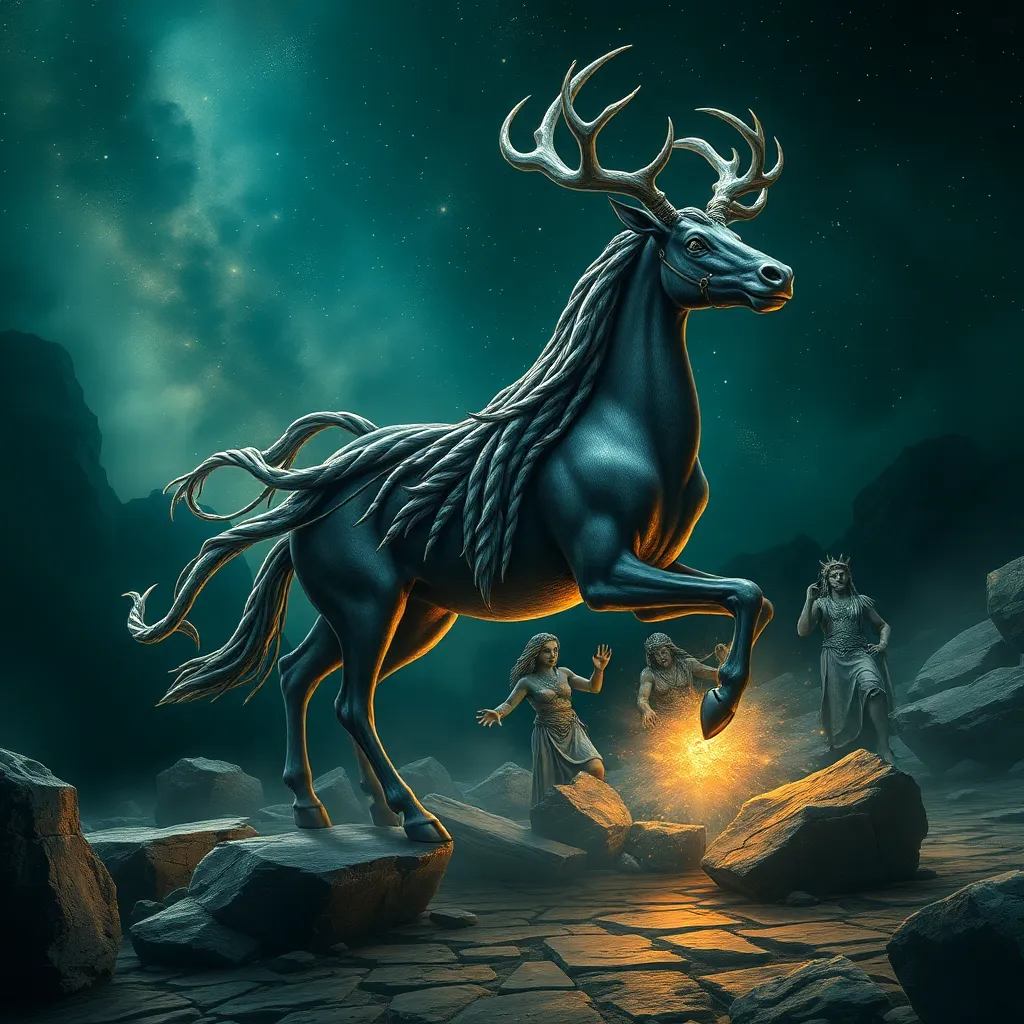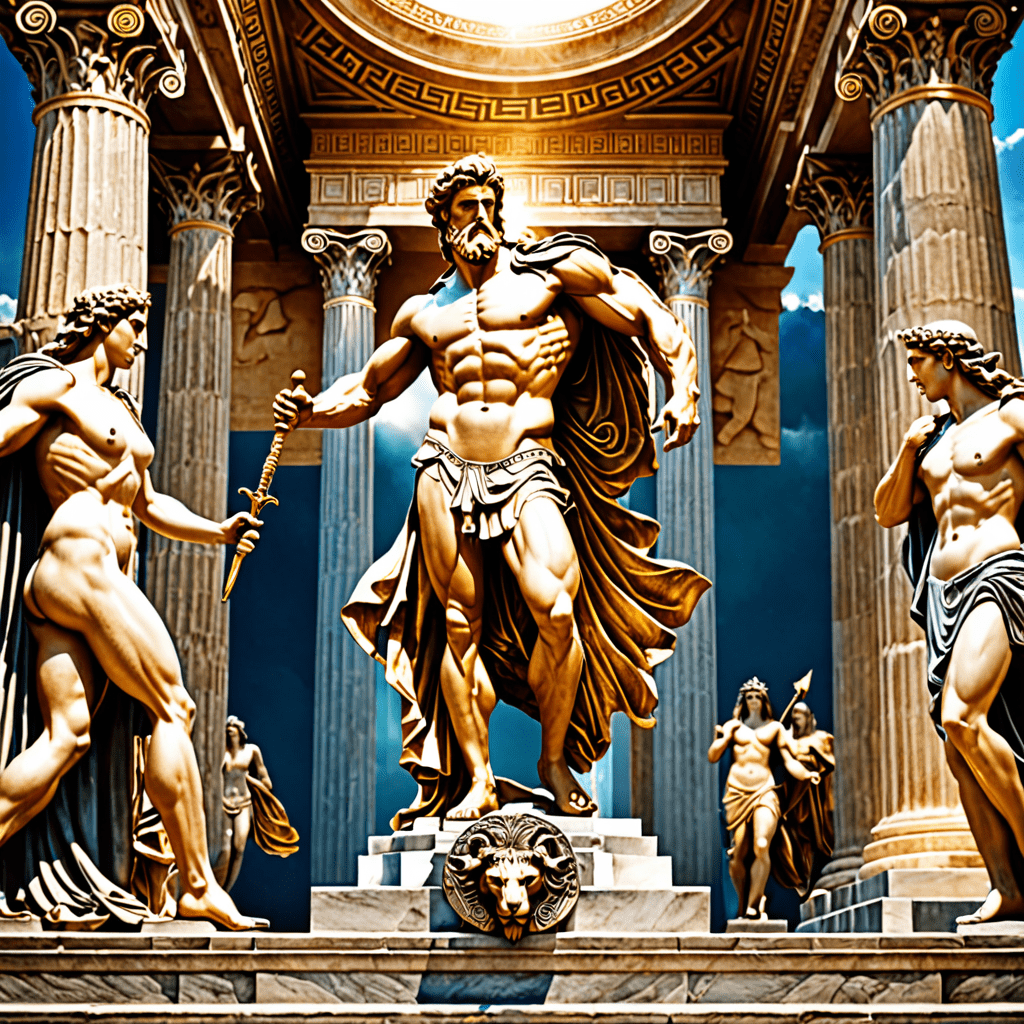The Tale of the Magic Wand: A Magical Artifact of Power
Introduction: The Allure of Magic Wands in Mythology and Fantasy
Magic wands have long captivated the human imagination, serving as powerful symbols in mythology, folklore, and fantasy literature. These slender, often ornate sticks are more than mere accessories; they embody the potential for transformation, authority, and wonder. From ancient shamans to modern-day witches, magic wands have played a pivotal role in storytelling, igniting our curiosity about the supernatural and the unknown.
In various cultures, the magic wand signifies the ability to channel energy, cast spells, and influence the world around us. As we explore the rich tapestry of magic wands throughout history, we uncover their significance as magical artifacts that transcend time and space.
Historical Origins of Magic Wands
The origins of magic wands can be traced back to ancient civilizations, where they were often associated with divination and ritualistic practices. In early cultures, wands were made from natural materials such as wood, bone, or stone and were believed to possess inherent magical properties. Ancient Egyptians, for instance, used staffs and wands in their rituals, while Celtic druids wielded them in ceremonies linked to nature and the elements.
As time progressed, the concept of the magic wand evolved. In medieval Europe, wands became synonymous with sorcery and wizardry, particularly in tales of magicians and alchemists. The association of wands with witchcraft solidified their place in folklore, leading to their iconic status in modern fantasy narratives.
Symbolism and Meaning of the Magic Wand
The magic wand is a potent symbol of power and authority. It represents the ability to manipulate the unseen forces of the universe, granting the wielder a sense of control over their environment. This symbolism extends beyond mere fantasy; it resonates with our collective psyche, embodying the desire to harness personal power and influence change.
Psychologically, the act of wielding a wand can evoke feelings of empowerment and confidence. It serves as a metaphor for the latent potential within us all, encouraging individuals to embrace their own agency. The wand becomes an extension of the self, allowing for the exploration of identity and creativity in a magical context.
Famous Magic Wands in Literature and Film
Throughout literature and film, several iconic magic wands have captured the hearts of audiences. Here are a few notable examples:
- Harry Potter’s Wand: Crafted from holly and phoenix feather, this wand is central to the story’s themes of friendship, bravery, and destiny.
- Gandalf’s Staff: In “The Lord of the Rings,” Gandalf’s staff serves as both a weapon and a tool for wisdom, symbolizing his role as a guide and protector.
- Merlin’s Wand: The legendary wizard Merlin is often depicted with a staff that embodies his immense knowledge and power, reinforcing the archetype of the wise old wizard.
These representations highlight the diverse ways wands are portrayed across narratives, each reflecting different aspects of magic and character development.
The Crafting of the Magic Wand: Materials and Techniques
The materials used in crafting magic wands are rich with significance. Traditional wand-making often involves:
- Wood: Different types of wood are believed to possess unique magical properties. For example, willow is associated with healing, while oak symbolizes strength.
- Crystals: Many modern wands incorporate crystals, each adding its own energetic qualities. Amethyst, for example, is known for its spiritual wisdom.
- Metals: Some wands feature metal accents, enhancing their durability and adding another layer of symbolic meaning.
The craftsmanship of a wand is equally important. A well-crafted wand reflects the skill and intention of its maker, often incorporating intricate designs that resonate with the wielder’s personal journey and magical aspirations.
The Role of the Magic Wand in Spellcasting
In many magical traditions, the wand serves as a tool for channeling energy and intent during spellcasting. It is depicted as an instrument that amplifies the practitioner’s will, allowing for the manifestation of spells and desires. For instance:
- Waving the Wand: The gesture of waving a wand can symbolize the directing of energy towards a specific goal.
- Casting Spells: Many spells are illustrated as being more potent when performed with a wand, emphasizing the relationship between the wand and the spellcaster.
Examples of spells include simple incantations for protection, love, or healing, each enhanced by the wand’s presence to focus and magnify the desired outcome.
Magic Wands in Contemporary Witchcraft and Neo-Paganism
In contemporary witchcraft and neo-paganism, the use of wands remains prevalent. Practitioners often view their wand as a personal tool imbued with their unique energy and intention. The wand’s significance extends beyond mere physicality; it becomes a conduit for spiritual expression and ritual.
Wands in modern practices often carry personal symbolism, reflecting the practitioner’s beliefs, experiences, and aspirations. They may be used for:
- Rituals and ceremonies
- Energy work and healing
- Divination and manifestation practices
The Psychology of Power: Why We’re Drawn to Magic Wands
The fascination with magic wands taps into deep-seated human desires for power and control. In a world often marked by unpredictability, the concept of wielding a wand offers an escape into a realm where one can influence outcomes and shape reality. This allure is not just about fantasy; it speaks to a fundamental aspect of the human experience.
Moreover, the fantasy of magic provides a sense of empowerment. Engaging with the idea of a magic wand allows individuals to explore their potential, confront fears, and embrace creativity. Through the lens of fantasy, we can imagine ourselves as heroes, capable of overcoming obstacles and enacting change.
The Future of the Magic Wand in Popular Culture
The portrayal of magic wands continues to evolve in popular culture. With the rise of new media, such as video games and streaming platforms, the representations of magic wands are becoming increasingly diverse and innovative. Trends indicate a shift towards more personalized and interactive experiences, where audiences can engage with magic in unique ways.
Predictions for the future of the magic wand include:
- Incorporation of technology, such as augmented reality, to enhance the magical experience.
- Deeper exploration of the psychological aspects of magic, focusing on personal empowerment.
- New narratives that challenge traditional representations and expand the role of magic in storytelling.
Conclusion: The Enduring Legacy of the Magic Wand
The magic wand remains a timeless artifact, captivating our imaginations and reflecting our collective yearning for power, creativity, and transformation. Its presence in mythology, literature, and contemporary practices underscores its significance as a symbol of our human experience.
As we continue to explore the realm of magic, the magic wand will undoubtedly retain its place as a powerful emblem of possibility, inviting us to dream, create, and shape our realities.



